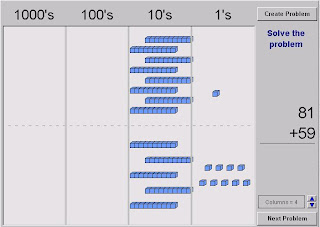No, this isn't an AT&T commercial. I am reading Will Richardson's article in Education Leadership entitled, Footprints in the Digital Age . According to Richardson, "In all likelihood, you, your school, your teachers or your students are already being Googled on a regular basis, with information surfacing from news articles, blog posts, YouTube videos, Flickr photos, and Facebook groups. Some of it may be good, some may be bad, and most is beyond your control" (2008, p. 16). Richardson's suggestions for building a digital footprint: Read blogs related to your interests and passions (like this one!) Participate in the blog by leaving comments and reflections (Try it now!) Use your real name (A requirement to be Googled well) Start a Facebook page Explore Twitter Not only will you build a positive online presence, but you will also build a powerful social network! Read the entire article for more tips and examples of students use of social networking tools ...










